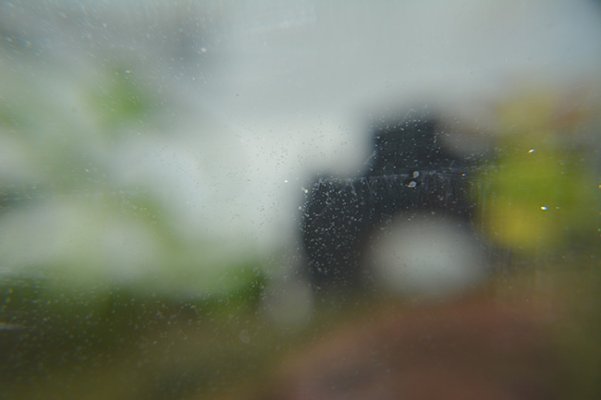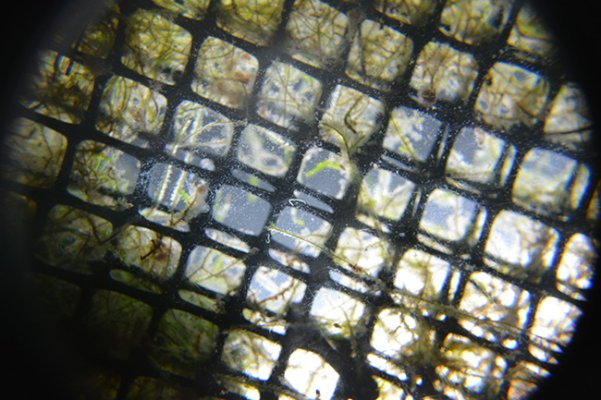lossam8199
Aquarium Advice Apprentice
- Joined
- Mar 4, 2014
- Messages
- 46
hi guys,
I need help identifying what is this tiny white worms on my aquarium glass. so recently I noticed this tiny white worms crawling on my aquarium glass. it's average size is only 0.50mm!!!, when I first saw them I thought they were dust, so I wiped it off with magnetic scrubber, but it reappears in few days, and when I looked closely, they were moving !!!! I have read planarian, but I don't think it's that small. my tank is a 2.6 gallon betta planted tank, I feed 3 pellet everyday. and I always remove uneaton foods. my fish doesn't seem bother from it, but it's disgusting crawling on the glass.
please help identify what is this. thanks!
these tiny white dusts are the worms, it moves.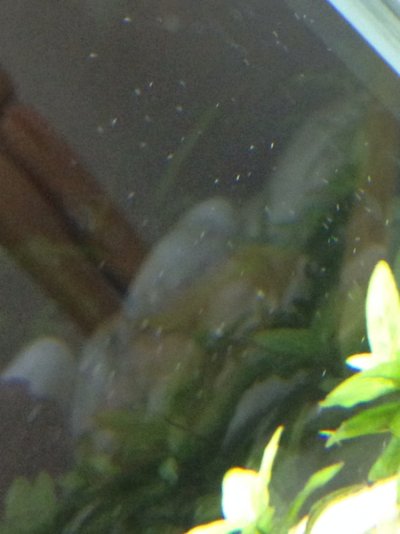
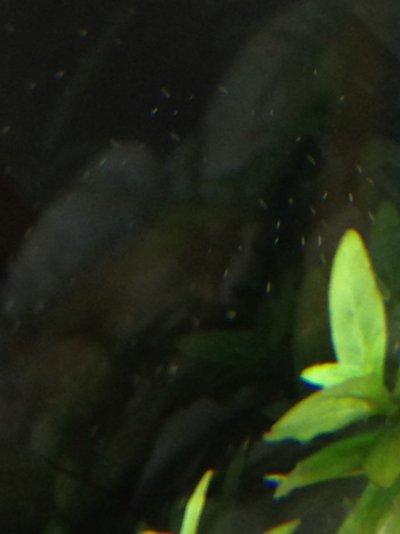
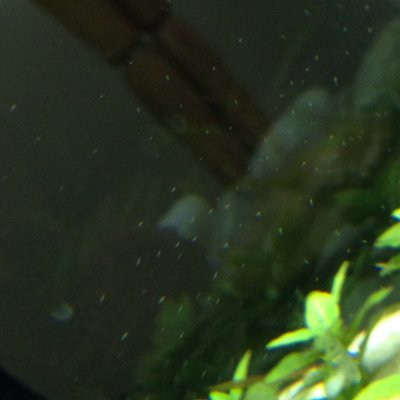
I need help identifying what is this tiny white worms on my aquarium glass. so recently I noticed this tiny white worms crawling on my aquarium glass. it's average size is only 0.50mm!!!, when I first saw them I thought they were dust, so I wiped it off with magnetic scrubber, but it reappears in few days, and when I looked closely, they were moving !!!! I have read planarian, but I don't think it's that small. my tank is a 2.6 gallon betta planted tank, I feed 3 pellet everyday. and I always remove uneaton foods. my fish doesn't seem bother from it, but it's disgusting crawling on the glass.
please help identify what is this. thanks!
these tiny white dusts are the worms, it moves.




